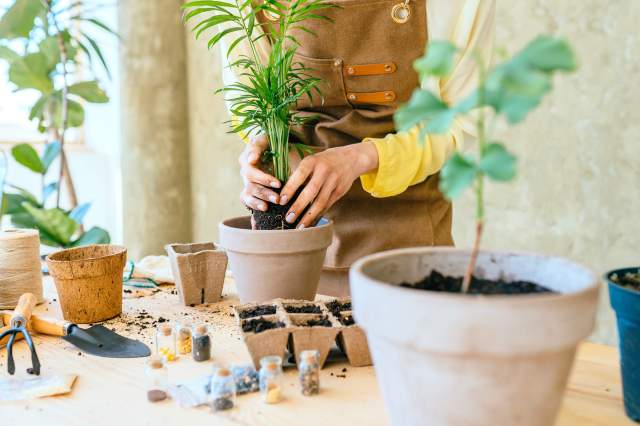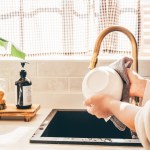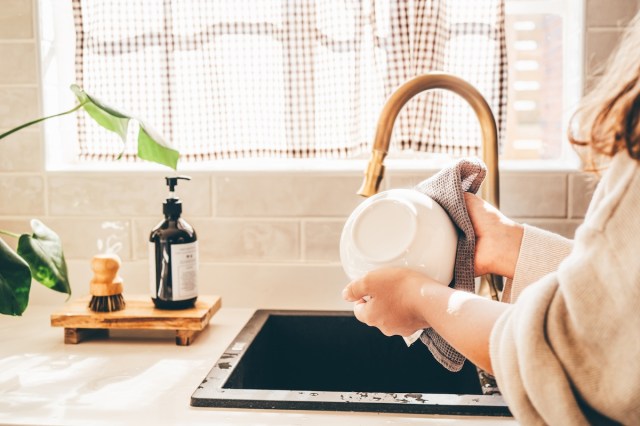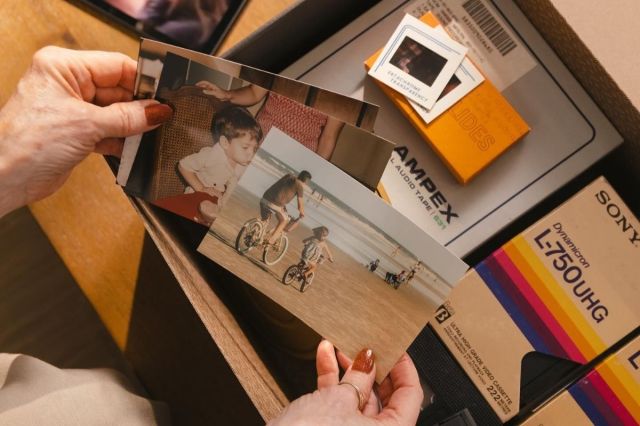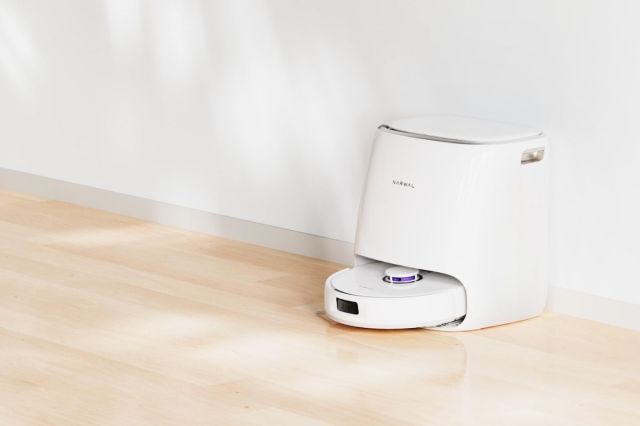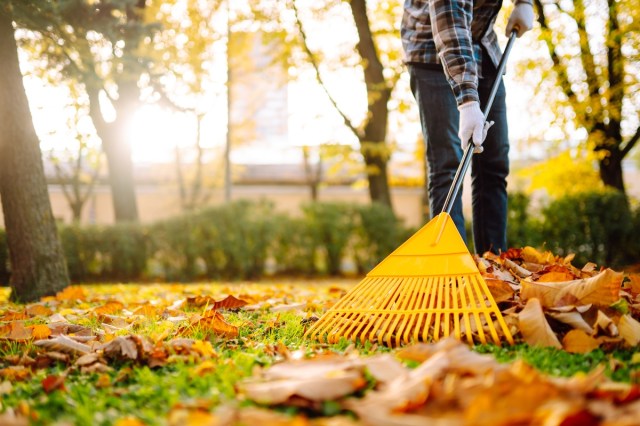Gardeners are particularly creative when it comes to getting the earliest buds and biggest blooms. There’s no shortage of tips and tricks available in gardening magazines, online, and passed down from grandma. However, not every recommendation is a winner, including one you’ve likely used to keep your pots and planters from becoming waterlogged. Yes, I’m talking about using rocks (or the more creative golf balls) beneath your plants to help water flow away from their roots. Turns out this hack doesn’t work and can even cause some bigger issues that sideline your plant’s growth.
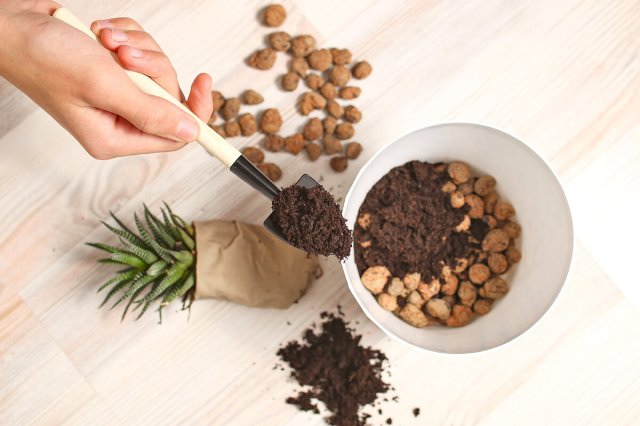
Why Some Gardeners Put Rocks or Golf Balls In Their Potted Plants
Adding rocks and gravel to the bottom of planters has been a standard gardening hack for so long that it’s unclear where the original idea came from. The trick seems logical: adding a layer of gravel to the bottom of a pot should help water trapped in the soil above it to flow away from plant roots. Over time, resourceful gardeners have also used golf balls and sand in the same way, with the belief that these add-ins improve water drainage — though that’s not necessarily the case.
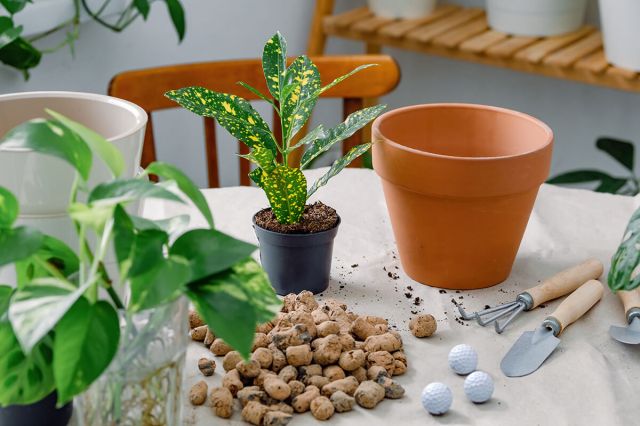
Adding Rocks and Golf Balls To Pots Actually Causes Damage
As logical as it seems, master gardeners say packing the bottom half of your garden planters with gravel or golf balls is outdated advice that can actually do more harm than good. Instead of providing an escape route for excess water, these additions to your planters actually create a perched water table, a phenomenon where water becomes trapped as it moves between two different materials. Instead of trickling away, excess water is attracted to the finer soil, creating a super-saturated potting mix that never reaches the rocks and becomes difficult to dry out. This boggy soil can quickly cause root rot, attract unwanted pests, and develop a buildup of salt and minerals that kill your plant. Ultimately, adding rocks and golf balls does the opposite of boosting drainage and plant growth and instead retains water that can make your plants unhealthy.
Reader Favorites
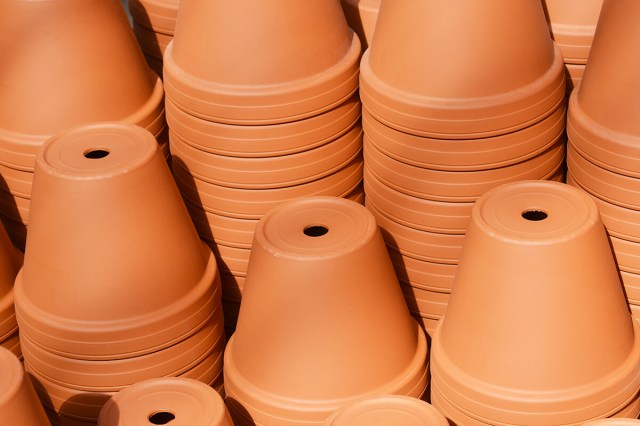
Choosing the Best Pot For Your Plants
You don’t need much to have a well-draining container garden that’s hydrated and thriving, but start by ditching the golf balls and gravel in favor of planters with drainage holes. This built-in release gives excess water a place to go as it seeps out of soil, preventing all the problems that trapped water can cause. Most plastic pots at home improvement stores come standard with a set of drainage holes, though adding a few to an existing pot only requires a drill and a few spare minutes. Terra cotta and stone planters tend to also include this feature, though swapping to a well-draining pot doesn’t mean that decorative options without drainage holes are out of reach. With these planters, you can use the two-pot technique, which works by placing your plant in a smaller nursery-style pot with drainage holes and tucking it into a larger planter. You’ll get the same upscale look to showcase your healthy plants, without the soggy soil.
More From Our Network
Better Report is part of Inbox Studio, which publishes content that uplifts, informs, and inspires.
